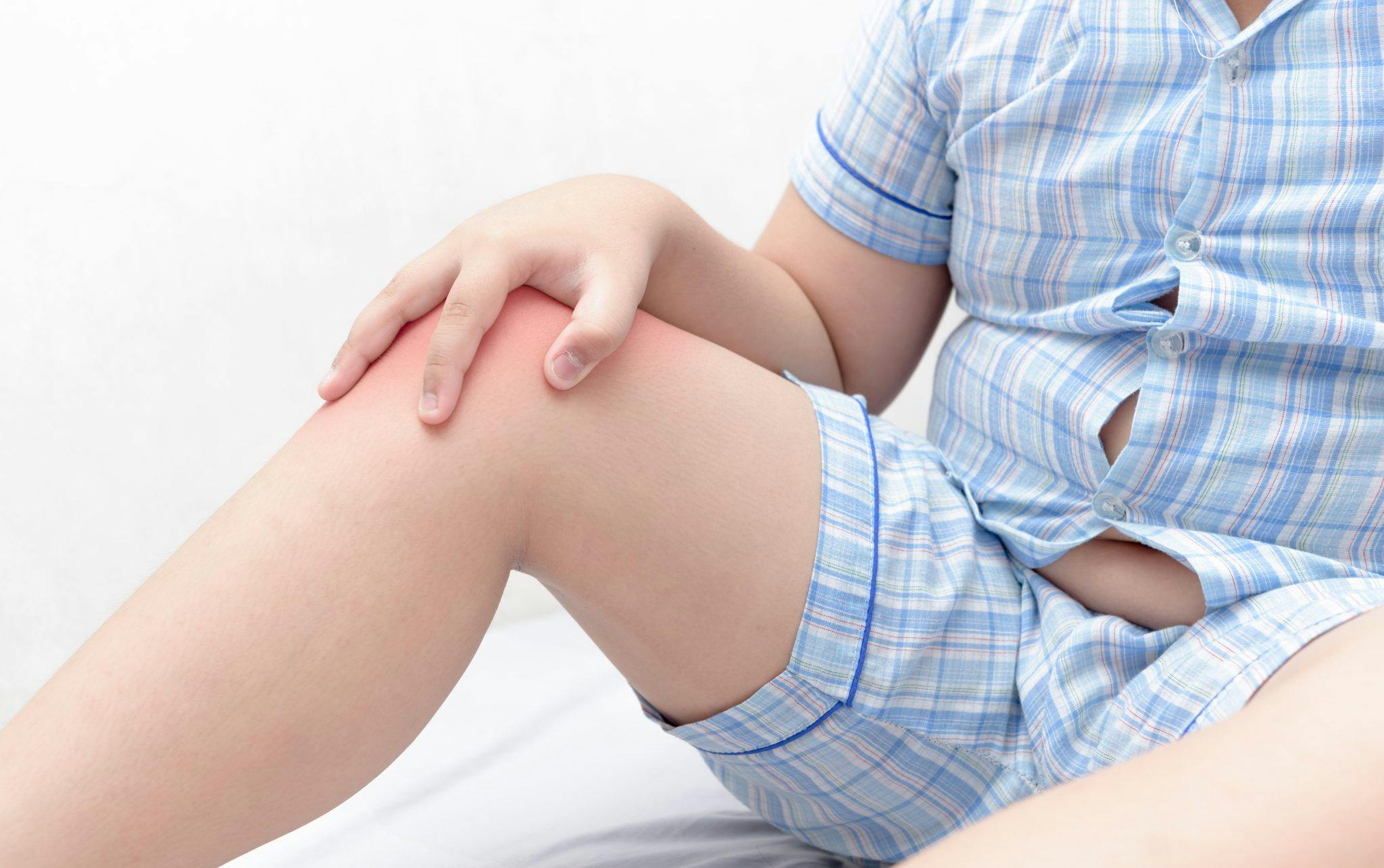
April 22, 2024
What Deficiency Causes Cold Hands and Feet?
- Family Medicine
- Internal Medicine
July 31, 2017 | Orthopedics

Considered a group of diseases related to autoimmune and inflammatory conditions or pediatric rheumatic diseases, juvenile arthritis affects nearly 300,000 children under the age of 16 in the United States. It’s characterized by inflammation of the synovium, a tissue that lines the inside of various joints.
There are several types of juvenile arthritis:
There are no known causes for most forms of juvenile arthritis. Some research points to genetics, which may relate to other triggered factors.
Each of the different types of juvenile arthritis has its own signs and symptoms. For the most common case, JIA, symptoms can include:
Accurately diagnosing the presence of juvenile arthritis and its type is very important when creating a treatment plan. Most diagnosis processes include a physical exam and a review of medical history before considering certain diagnostic tests. Diagnosis is generally achieved by excluding other conditions that might have similar symptoms.
There is no cure for juvenile arthritis, but remission is possible with early diagnosis and aggressive treatment. Treatment goals are to relieve inflammation, control pain and improve quality of life for the child. Plans generally involve a combination of medication, physical activity, eye care and healthy eating. Medications that might be used include:
July is Juvenile Arthritis Awareness Month, and even though it’s coming to a close, it’s never too late to show your support for this harmful disease. Make a donation to the Arthritis National Research Foundation, and support with gear to help make a difference.
If your child is dealing with any signs or symptoms of juvenile arthritis, your doctor can recommend a treatment plan.
“Juvenile Arthritis.” Arthritis Foundation. http://www.arthritis.org/about-arthritis/types/juvenile-arthritis/
“Diagnosing Juvenile Arthritis.” WebMD. http://www.webmd.com/rheumatoid-arthritis/diagnosing-juvenile-arthritis#1
“July is Juvenile Arthritis Awareness Month.” Arthritis National Research Foundation. http://www.curearthritis.org/juvenile-arthritis-awareness-month/

WRITTEN BY:
Orthopedics


April 22, 2024

April 9, 2024

March 22, 2024

February 12, 2024
This information is not intended to replace the advice of a medical professional. You should always consult your doctor before making decisions about your health.